
Groupshow
Cavernous Shells
Project Info
- 💙 Tom Reichstein Contemporary
- 💚 Judith Hofer
- 🖤 Groupshow
- 💜 Judith Hofer
- 💛 Choreo (Lars-Ole Bastar & Roman Häbler), Sarah Doerfel
Share on
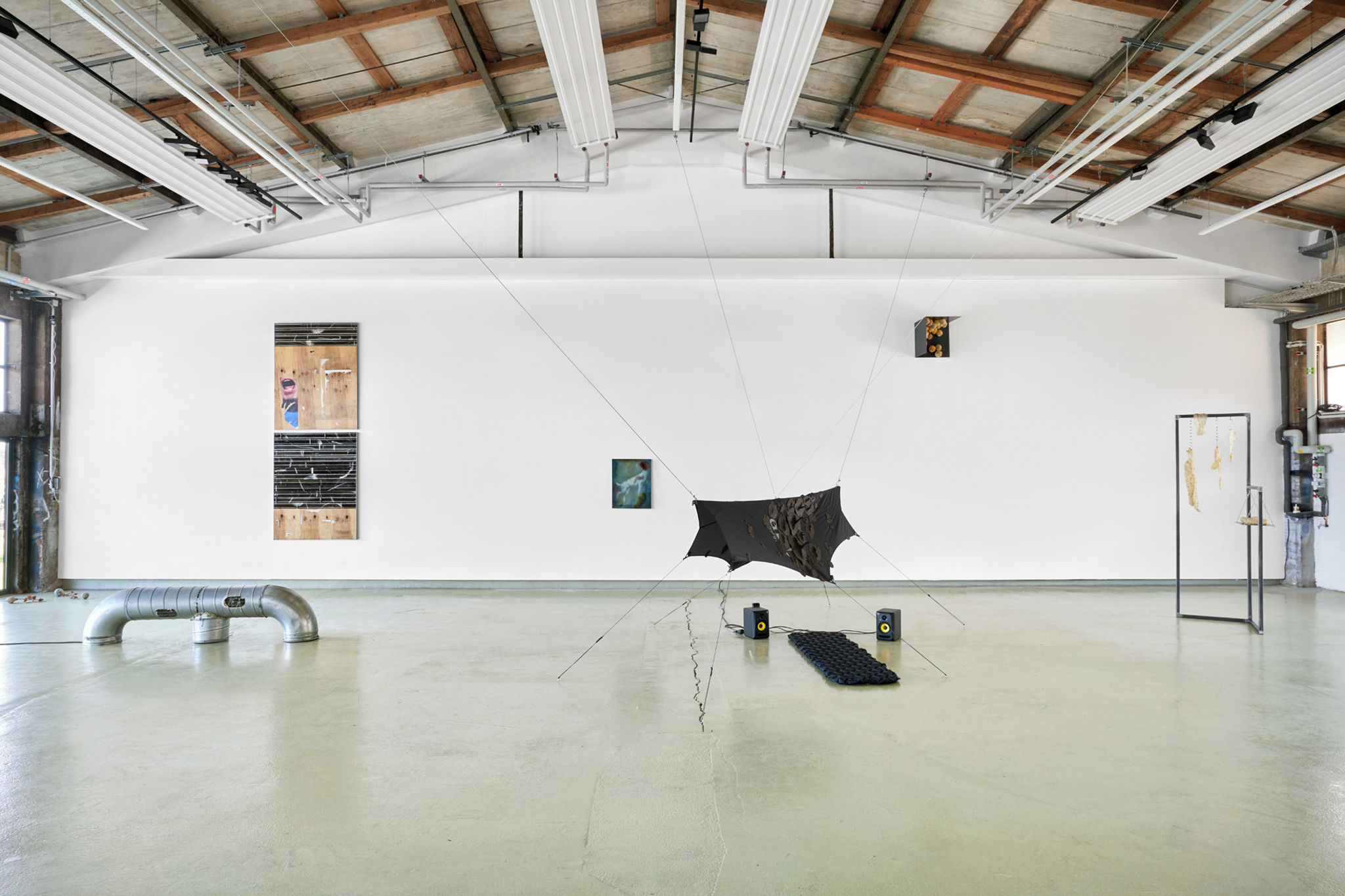
Cavernous Shells, overview
Advertisement

Where I end and You begin (2023), tarp, ceramics, sound, inflatable mat. (Sarah Doerfel)

Where I end and You begin (Detail), (Sarah Doerfel)
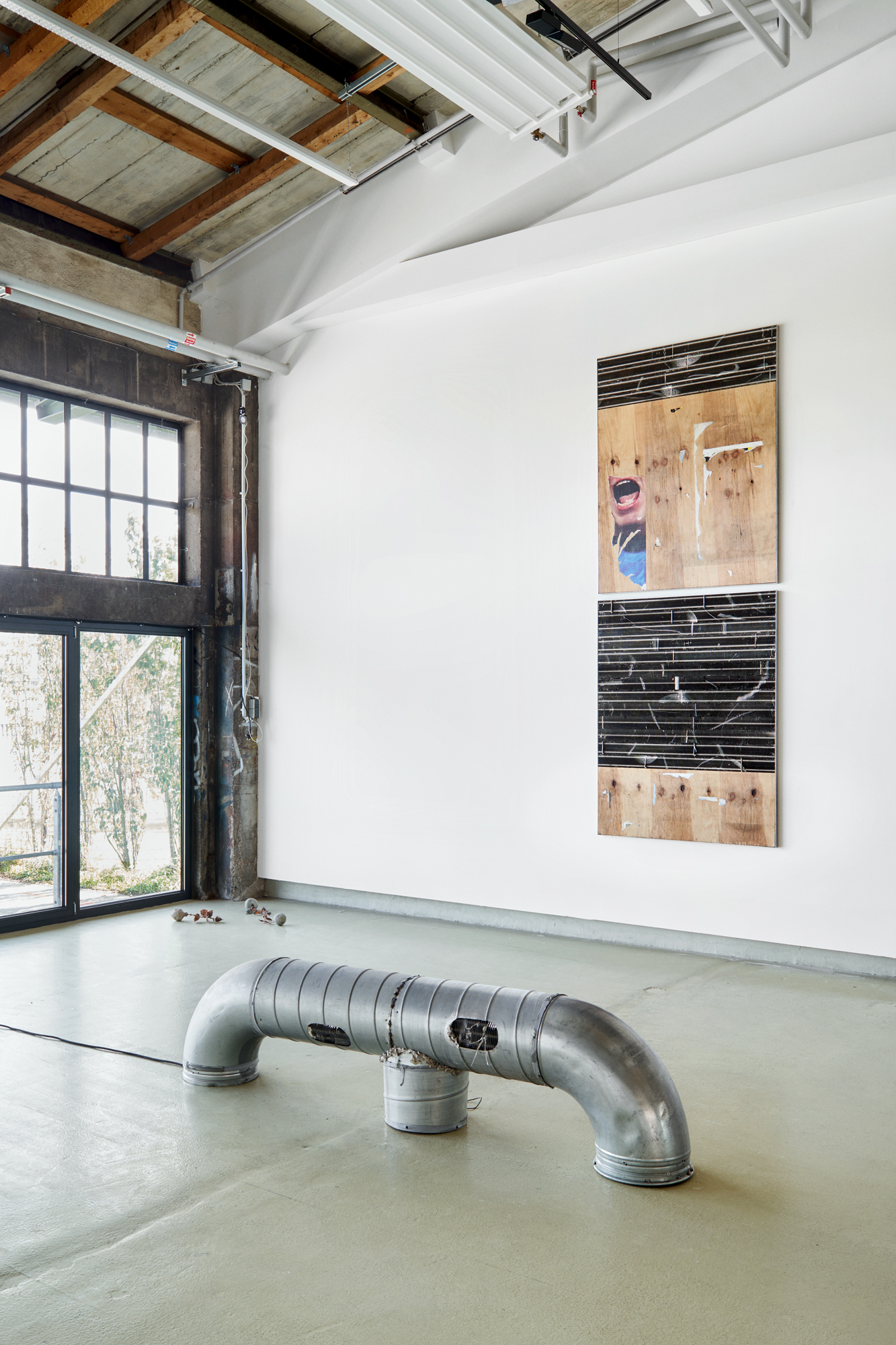
Cavernous Shells, overview

Whisper tube (2021) (Detail), galvanised steel, fan, sound. (Philipp Zrenner)
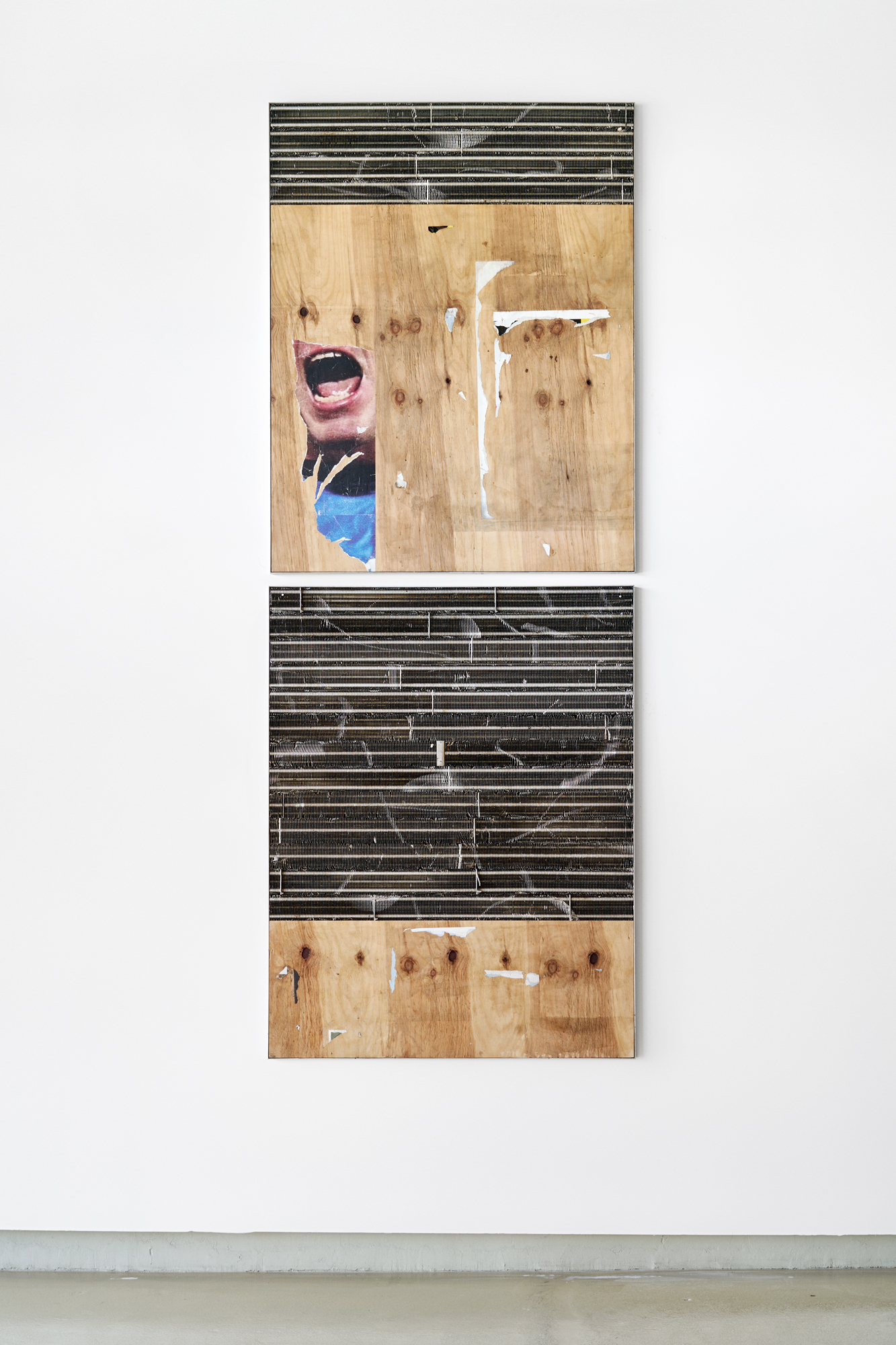
Exhale, Inhale (2023), mixed media. (Philipp Zrenner)
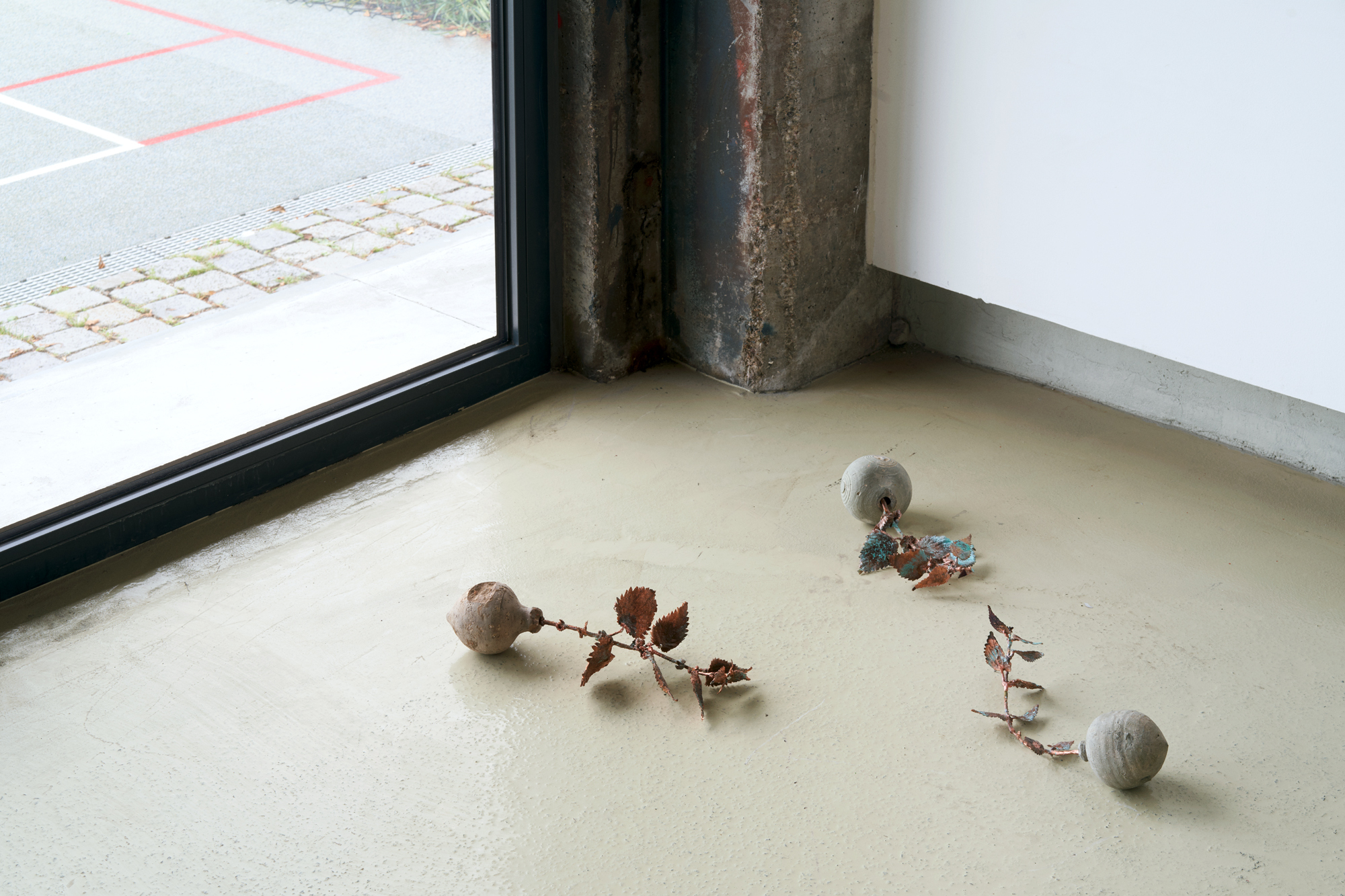
A brief history of chemical warfare (2023), copper-plated nettle, byzantian fire grenade (800 BC). (Vincent Scheers)

A brief history of chemical warfare (2023) (Detail), (Vincent Scheers)
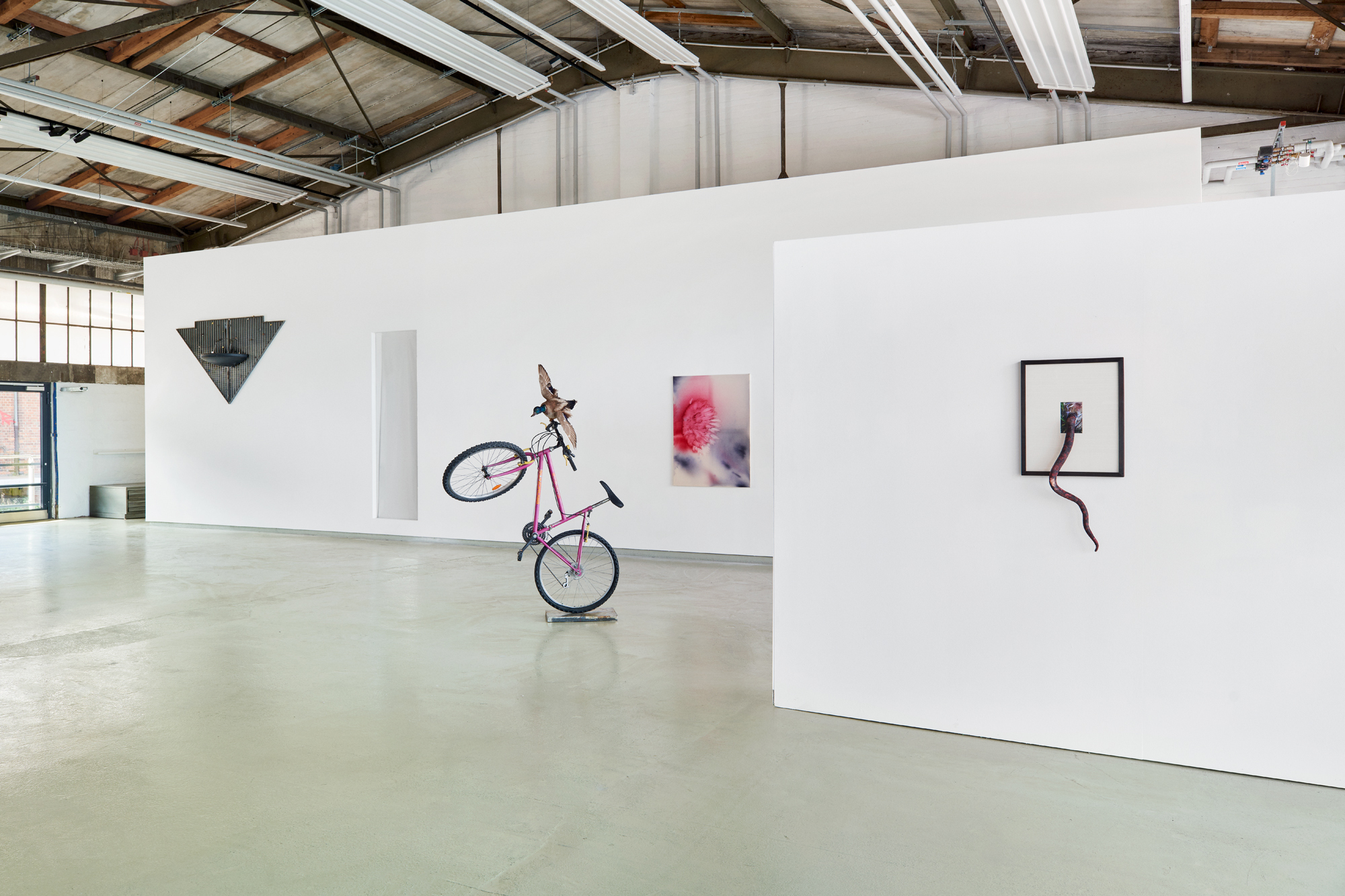
Cavernous Shells, overview

50/50 (2023), mixed media assemblage. (Philipp Zrenner)

50/50 (2023), mixed media assemblage. (Philipp Zrenner)

The history of the criminal (2021), mountainbike, duck, steel. (Vincent Scheers)
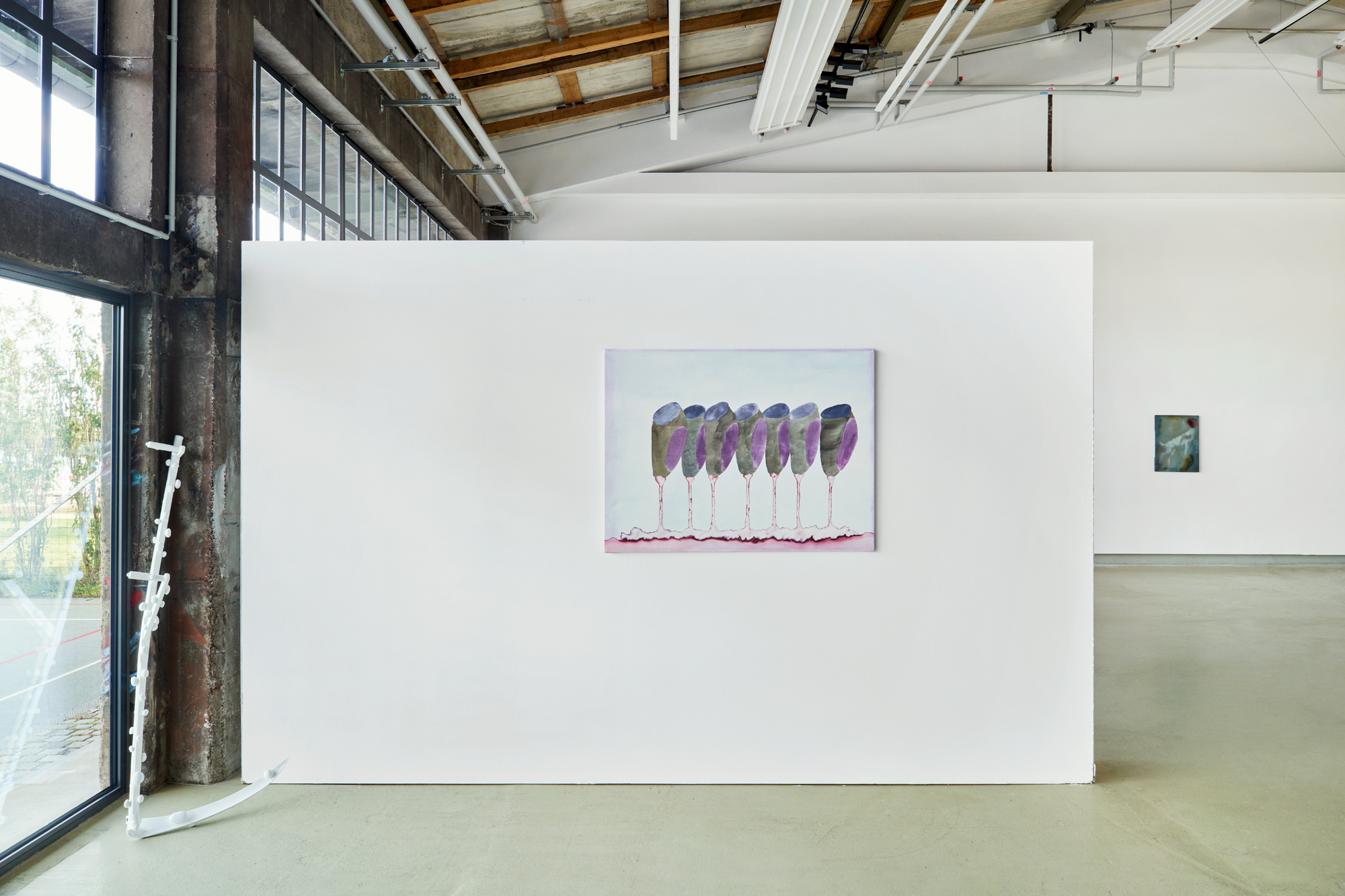
Cavernous Shells, overview

Colony (2023), watercolour on canvas. (Sarah Doerfel)
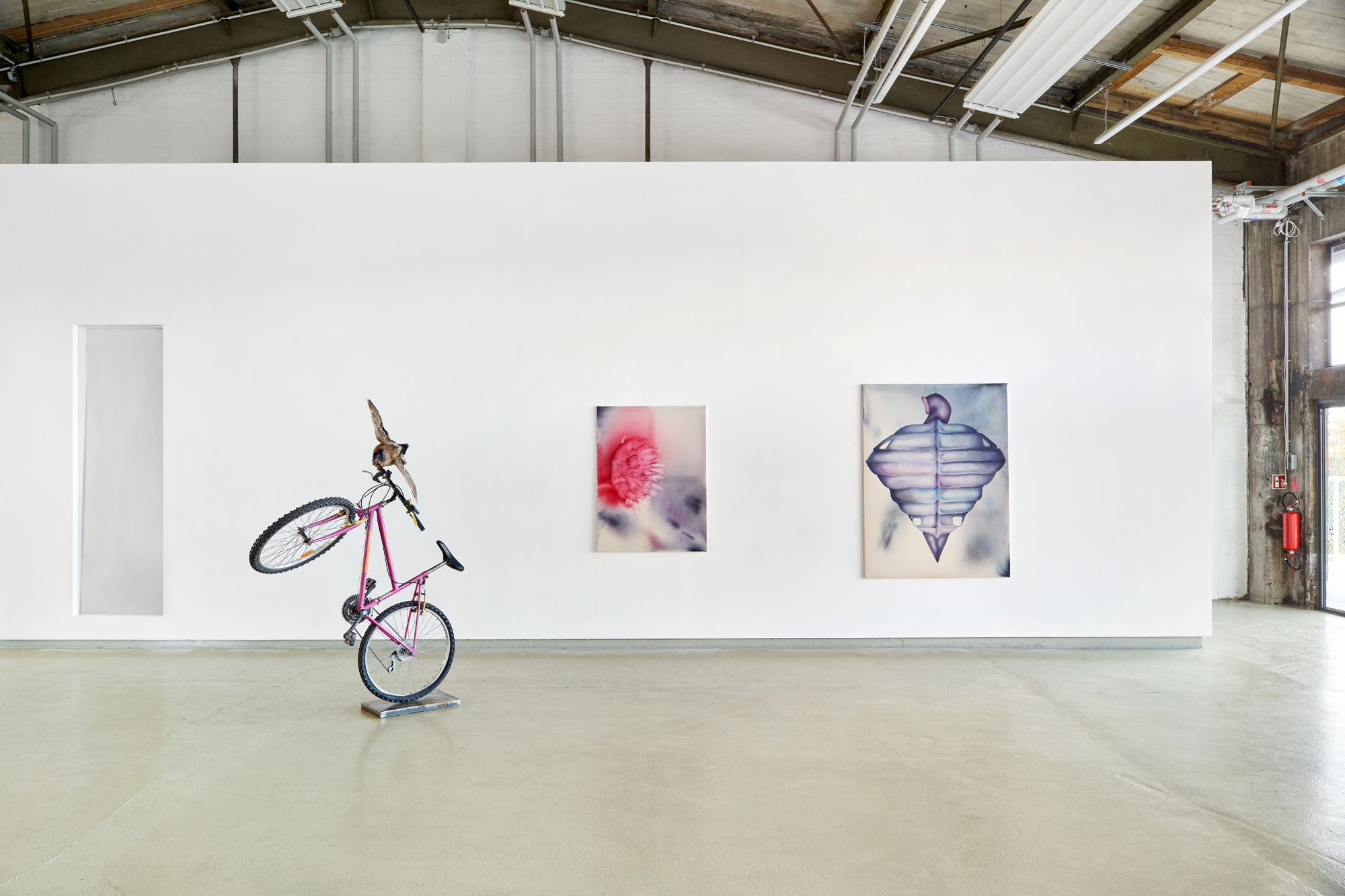
Cavernous Shells, overview

Cavernous Shells, overview

Changing Room I (2023), steel, latex and ceramic. (Sarah Doerfel)

Changing Room I (2023) (Detail), (Sarah Doerfel)
Human beings, who can be regarded as deficient beings in this environment, have always needed protective shells in order to be able to survive. These shells have to adapt to new circumstances time and time again. They shape and influence our world, form local systems that are mutually dependent and influential to each other. With the development of human culture, our living space is subject to constant transformation. It is viewed, perceived and modelled in a new way over and over again. Our ways of living leave traces in space, just as space also leaves traces in us - a constant mutual
exchange. The exhibition Cavernous Shells at Tom Reichstein Contemporary shows selected works by Sarah Doerfel, Vincent Scheers and Philipp Zrenner. What they have in common in their great diversity is a processual nature in different temporal dimensions. The exhibition stretches from today to a time just before mankind settled down. Humans developed a different self-image and this new awareness was accompanied by a novel understanding of the environment. One was no longer one with nature, deliniation and hierarchization began. On the one hand, this may have been essential for survival, but over time this has also led to unhealthy proliferations, which are still having an adverse effect on our consciousness today. These processes of demarcation can have protective but also destructive effects. And seemingly dense shells are always porous and permeable. Even the hardest chitin shell is
still inevitably connected to the environment through its tracheae.
Sarah Doerfel's works are reminiscent of timeless primal beings that are in the process of metamorphosis. They change their outsides from soft membranes to hard combative shells. In her works she combines softness with hardness, body features of extinct and endangered species with others – creating trans beings in the process. We humans also change our shells, are subject to a constant process, be it when one enters from one period of life to the next, the circumstances of life change, or the body is subject to changes. The work Changing Room refers to such processes. Latex skins hang on hooks in a steel frame. It remains unclear whether they were left behind by those who have outgrown them or whether they are just waiting to be worn. Next to it, objects that look like larvae, lie lined up on a swing. Their surfaces are still soft, but there is already a hard core slumbering inside, which the creature in the painting Soft Shell (2nd Life) has already made into its armour. The installation where I end and you begin invites you to take a seat under a ceramic-scaled tent roof. The tent, as one of the simplest dwellings that protects people from wind and weather, refers to nomadic lifestyles but also to people's current relationship with nature as a place for excursions,
events and recreation. The accompanying sound work takes us on such trip into nature. Listening to heart-, breathing- and animal sounds, a transformation process can be experienced. One leaves the city and cycle outdoors. Once there, you feel a momentarily overwhelming discrepancy: the internalised rhythm of everyday life clashes with that of the natural environment. Without the usual structure, we lose our footing and fall into a panicked frenzy until we settle into the natural, the boundaries dissolve and we merge into one with the surroundings.
Vincent Scheers's works are characterised by a tension between man and nature. His sculptural works tell, often with a pinch of bitter humour, stories of a rebellion of nature against the man-made. But also of the vulnerability and the defenceless of nature against man, who symbolically rides headless into battle. The work A brief history of chemical warfare V shows hybrids of Byzantine grenades and copper-plated nettles. The delicate, fragile-looking objects combine beauty with aggression and defence. On the one hand, they point to nature's intelligent protective mechanisms but also to man's warlike nature, which can reach megalomaniacal and destructive proportions with the help of the development of chemical weapons. In the paintings shown in the exhibition, he portrays animals in a ghostly manner that have fallen victim to man's toxic relationship with them and thus reports on the losses that humanity has caused on this planet. Man 'o War refers to man's arrogant ambitions to control animals. It shows a black horse, once a famous racehorse, which was supposed to help its jockey to fame and fortune. But the rider's head is cut off. The once controlling element is anonymised and the animal becomes the protagonist here. Scheers also gives up control through his choice of painting medium: by using a mixture of natural pigments, bleach and light-sensitive chemicals, he withdraws his ductus. The works remain alive and are subject to constant change. Scheers gives the control back to the incapacitated. He brings them back to life, for example when he lets the stuffed drake steal a bicycle in the history of the criminal or when the ax grows thorns in Self Defence to prevent people from chopping down more trees.
Philipp Zrenner's works are dedicated to urban shells - the faces of the city. Ventilation shafts and heaters, lattices, boardings and fountains - the constantly breathing, flowing and rushing essence of the city. Zrenner travels through this like a tracker. His striking sculptural works oscillate between melancholy and hidden romanticism. He detects signals from the city, but also human traces and signs in the impersonal facades, which give them individual stories. In his installations he not only refers to
social movement and meeting places, which underlie people's basic needs, but also to constant energy cycles - because as hard and impermeable as the urban shells may appear, they are subject to a constant exchange with us. In the work Whisper tube, former ventilation shafts function as a resting place, as a bench. Sitting on it, one can listen to the thoughts of a traveler under the quiet hum of the escaping air. There is a lost farewell letter on the metal surface. This intimate piece found its way into the urban public and was discovered there by Zrenner. The letter tells of a former shared heating and becomes a fragmentary testimony to our emotional connections and projections with our homes and seemingly lifeless things. Such finds can often be found in Zrenner's works. Be it stones, coins or talismans that have very personal meanings and memories, or seemingly meaningless things left behind: remains such as chewing gum, cigarette butts, newspapers and socks. Witnesses to everyday life, carelessly discarded or lost. In the work Cornern it is precisely these things that give the sculpture, a circle of heaters, its support and shape. The title refers to a lively gathering on a street corner. What was once the fireplace may now be the corner at the kiosk where people warm up socially. The work Fountain also refers to another urban place of gathering, which has its origins in a basic human need. The installation is reminiscent of a public drinking fountain, visibly marked by everyday urban life. However, you cannot quench your thirst for water here - installed too high in the exhibition to drink, it becomes a reverently babbling wishing well.
Text by Judith Hofer
Judith Hofer



